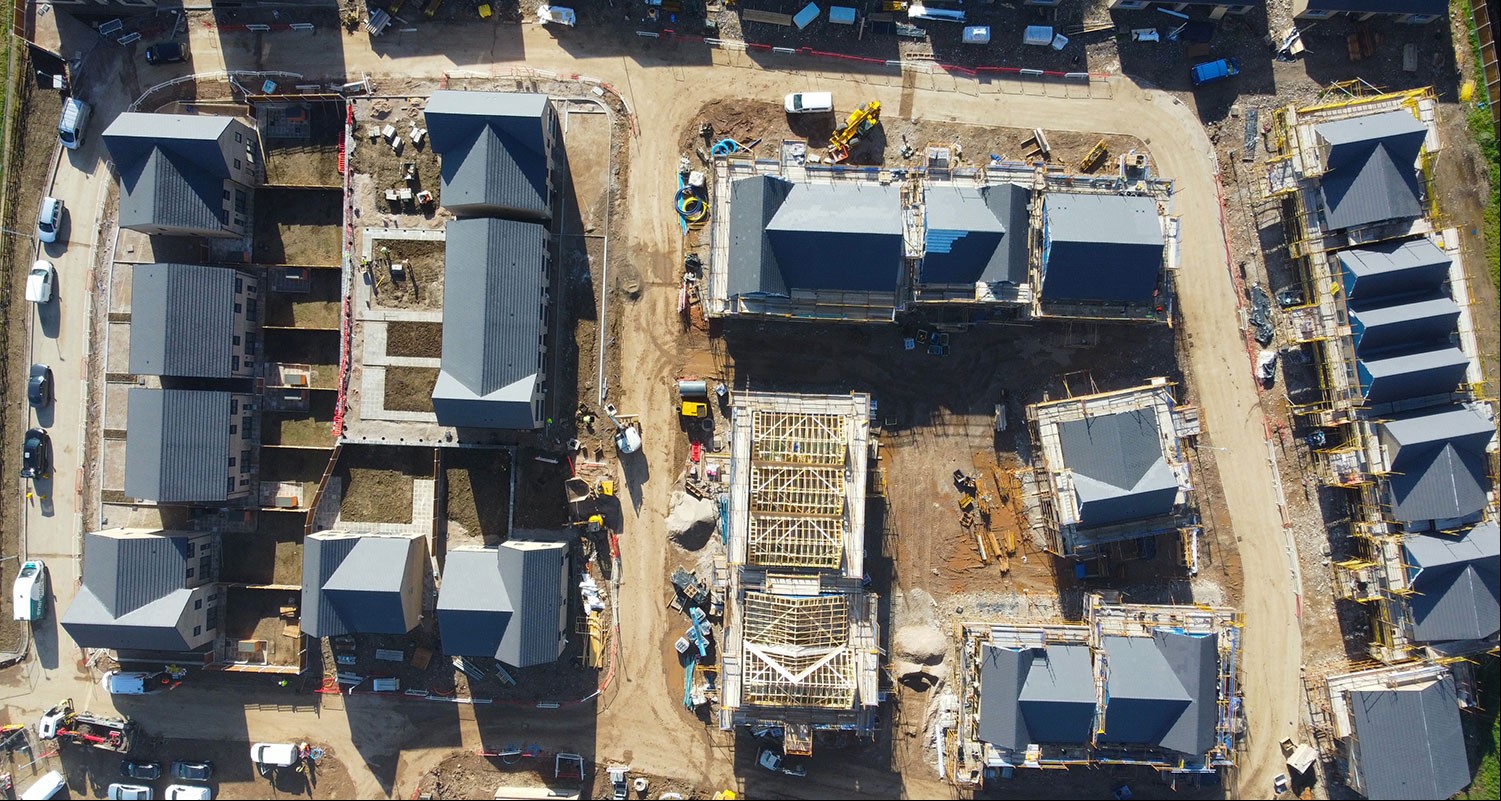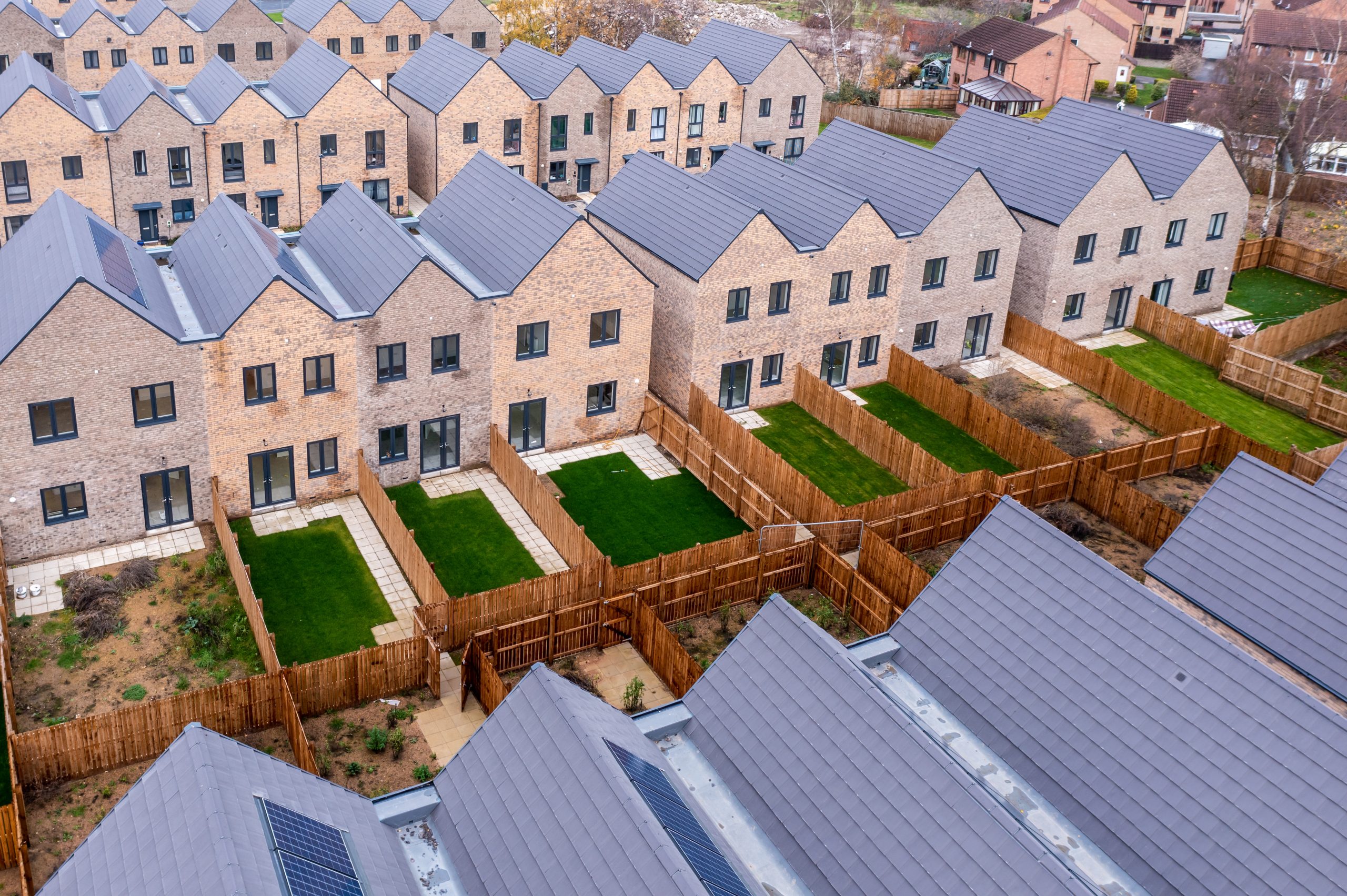The recent news that Legal & General had halted production on its modular housing factory in Leeds and Ilke Homes is now up for sale was a sad, but not entirely surprising, development.
It got me thinking about the reasons why modular housing appears to be struggling to take off. There has been some success, but overall but there hasn’t been anywhere near the levels of adoption that was anticipated.
The theory of modular is compelling, and in the context of a national housing crisis, the case for it should be unequivocal. Modular is unlikely to ever be THE answer; it will never be a panacea.
However, it can be a major component to the solution as part of the wider spectrum of MMC (modern methods of construction) options.
Learning modular lessons from the past
The past has proven this, Britain has a demonstrated history of addressing housing crises over the last 100 years through various forms of MMC. Volumetric and experimental home building, driven by need and innovation, flourished in the post First World War period of Homes for Heroes, and particularly in the decades following Second World War. This was achieved by the huge cross-party spending and major governmental intervention during those periods.
None of the technical solutions during those times proved ideal. Some were an undisputable failure, such as the infamous Hulme Crescents in Manchester built in 1972 and demolished in 1992, or the Southgate estate in Runcorn, built in 1977 and demolished 13 years later in 1990.
Other innovations simply haven’t aged well, but they have delivered mass housing, served a purpose, and delivered a social outcome; they were a social good.
House types such as the cornish, airey, wimpey no fines and prefabs are examples of this. These MMC typologies of the time succeeded in housing generations for decades and contributed to the social mobility that many generations have enjoyed. Each of these experimental and innovative, albeit flawed and obsolete, housing construction solutions had one critical factor in common – massive government financial support on a gigantic scale.
Making modular housing work
Numerous reasons are cited for why modular has not gained the traction that we all hoped it would have – planning, infrastructure, urban design constraints, services. These are all technocratic obstacles that can be addressed. The fact is, modular can work and it can make a valuable contribution here and now.
The fundamental solution will only be found in our collective social and political will to fix the very real housing crisis that exists today. Big government intervention is required to solve a big problem, whatever the construction method.
Otherwise, for the first time in modern history, we will fail spectacularly in our duty to the next generation. This will not only be tragic, but it will also be unforgivable.
Chris Curtis is a director of Stanley Land and Homes


